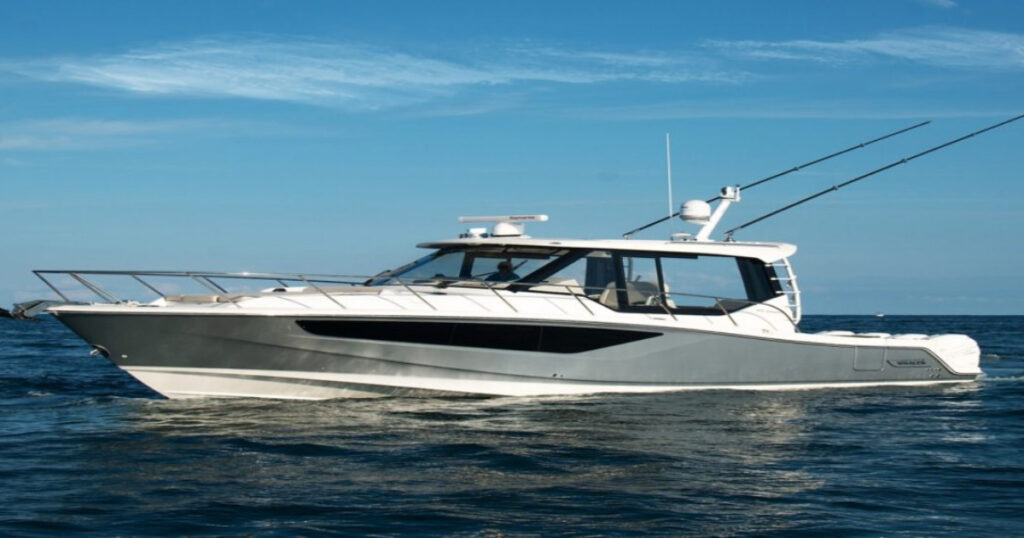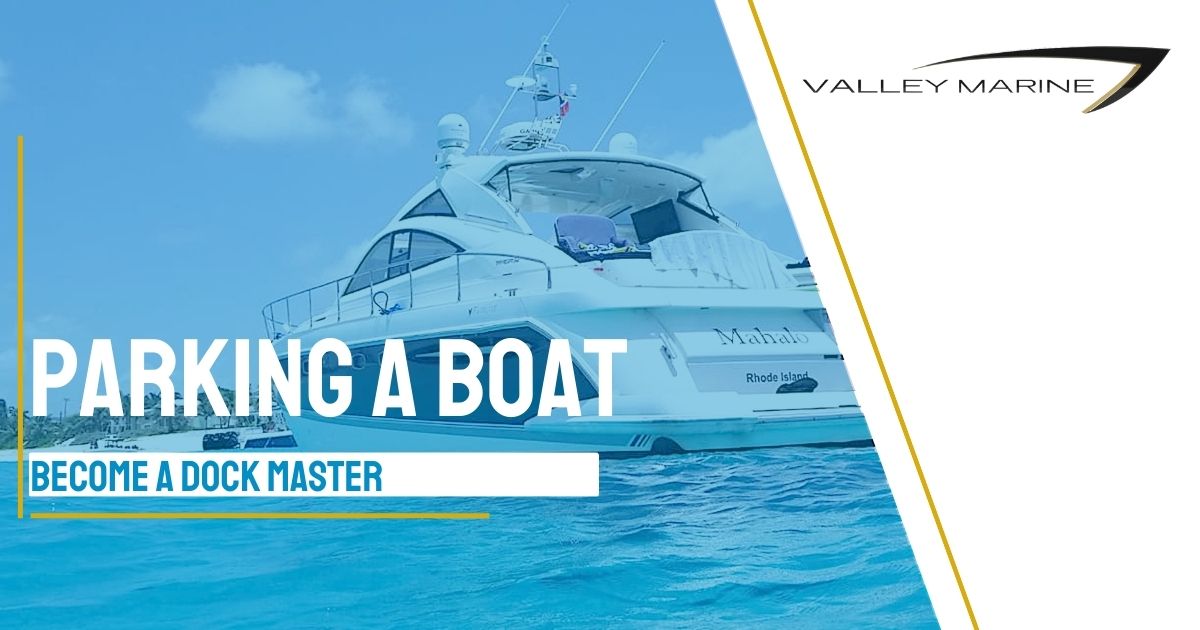Parking a Boat: Become a Dock Master
Parking a boat is no easy job, and if you are googling how to do so, chances are you’re either a brand new boat owner or haven’t docked in a while.
Either way, we got you! Sit tight as we dive into this boat parking lesson. Yes, we’re talking about the water equivalent of parallel parking.
This job is mostly about practice and patience, but at least, on the water, there’s less chance of people honking at you while you learn!
Safety First
Just like parking your car in a crowded lot, docking your boat in a marina involves maneuvering around other boats while trying not to hit anything or anyone.
Parking without any prior training is not only difficult, but you might be dealing with unexpected situations and can even damage your new price possessions!
So here is everything you need to know to park the right way!
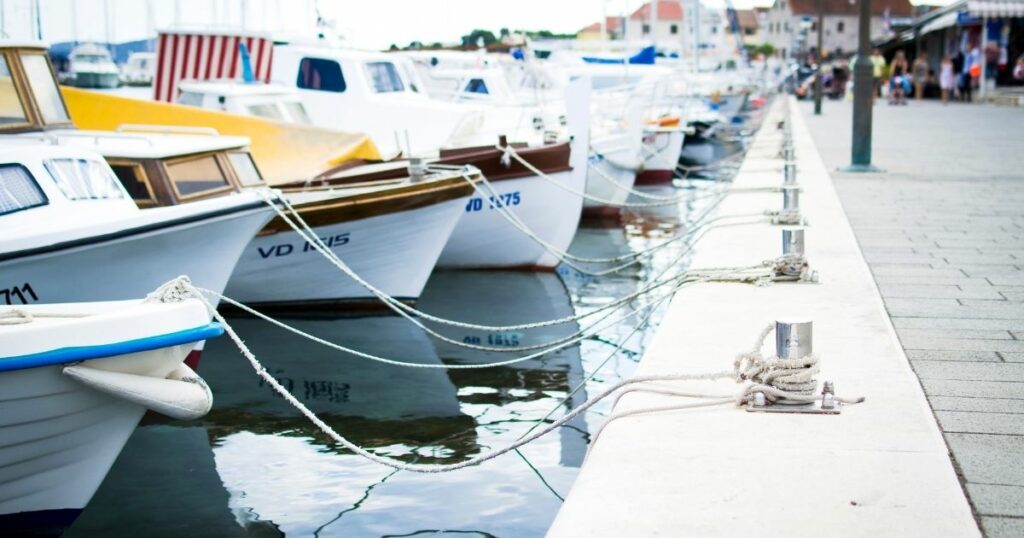
Fenders: Protect Yours and Your Neighbor Boat
Fender and bumpers: Why do you need them?
Picture this: You’ve just spent a small fortune on a shiny new sleek boat. You’re cruising into the marina, wind in your hair, when BAM! You misjudge your approach and scrape against the dock.
Or worst, you park your boat right were it belongs, just to be destroyed by the friction with the dock in a stormy night.
That’s right! The dock itself can be a menace to your boat. Those wooden or metal edges can easily wreak havoc on your boat’s exterior.
Suddenly, your beautiful boat has a not-so-beautiful scratch running down its side. Not to mention, you can damage another person’s boat.
This is why you need a bumper, or fenders as they’re technically called, which are absolutely essential for any boat owner.
These devices act as a cushion between your boat and the dock (or another boat), absorbing shock and preventing damage during docking.
When it comes to protecting your investment from scratches, dents, or worse, it’s better to be safe than sorry!
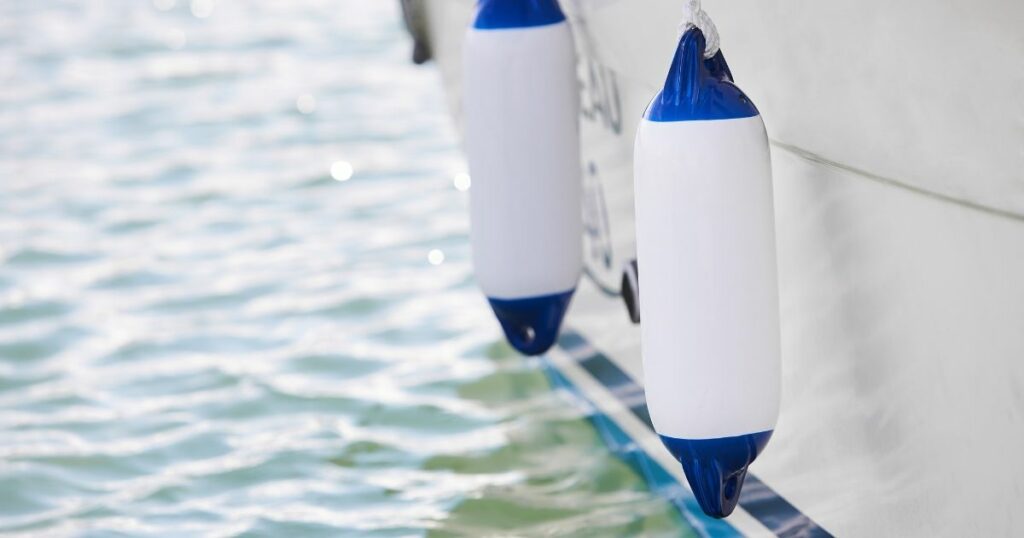
Why is it Important to Park Your Boat Correctly?
Incorrectly parked boats can pose risks to both the boat owner and other boaters.
For instance, a boat that’s not securely tied could drift away and collide with other vessels, potentially causing accidents or injuries.
Moreover, a drifting boat can become a navigational hazard, obstructing the path of other vessels and possibly leading to collisions.
By parking your boat correctly, you reduce these risks, ensuring a safe environment for everyone on the water.
Upholding Boating Etiquette and Respect for Others
Lastly, correct boat parking is a matter of etiquette and respect for other boaters. The waters are a shared space, and everyone using them should do so considerately.
By parking your boat correctly, you show consideration for others by not taking up excessive space, blocking accessways, or creating unnecessary hazards.
This fosters a sense of community among boaters and makes the waters a more enjoyable place for everyone.
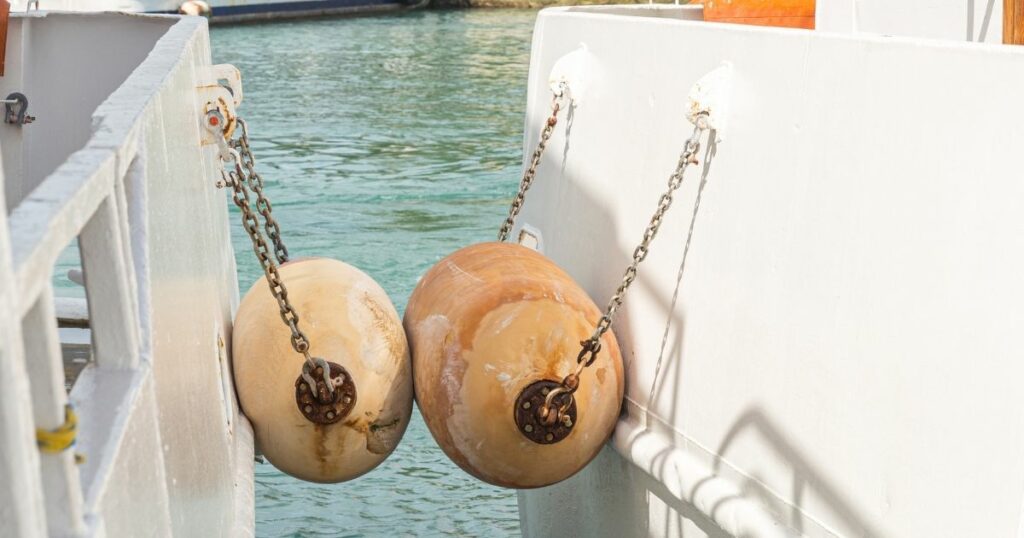
Conducting Pre-Arrival Checks
Before you even approach the dock, it’s crucial to conduct several pre-arrival checks. First among these is checking for available space.
Just like parking a car, you need enough room to maneuver your boat into its docking position without hitting other boats or the dock itself.
Next, you should assess the wind and current conditions.
Wind direction and speed, as well as water currents, can significantly affect your ability to control your boat during docking.
Understanding these conditions will help you decide the best approach and angle for docking and whether any adjustments need to be made to your usual procedures.
Communicating with Marina Staff or Dock Hands
If available, marina staff or dock hands can be invaluable in assisting with docking your boat, even help from friends and boat neighbors.
They can provide real-time advice on the best way to approach the dock based on current conditions and can physically assist with mooring lines, making the process smoother and safer.
Use clear, concise language and standard boating terms to avoid misunderstandings.
Preparing Your Boat for Docking
Once you’ve completed your pre-arrival checks and communicated with the people arround, it’s time to prepare your boat for docking.
Firstly, ensure your fenders are out. They should be positioned at the point of contact with the dock and adjusted to the correct height based on the tide.
Next, have your mooring lines ready. Depending on your boat’s size and the dock configuration, you may need bow, stern, and spring lines.
Ready?
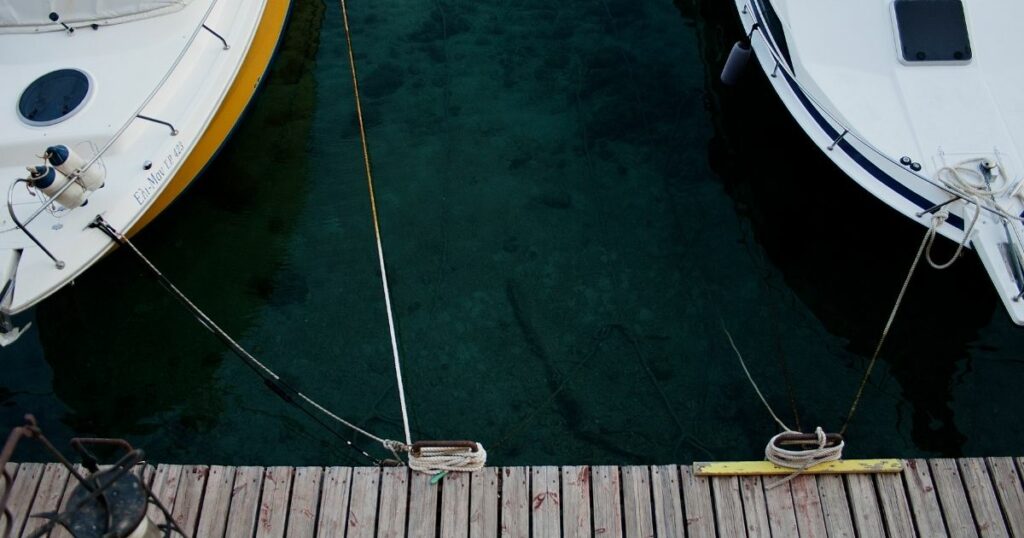
1- Approach the Dock Slowly
Start your docking process by gradually reducing your boat’s speed as you approach the dock.
This slow approach gives you more time to assess the situation and make necessary adjustments.
Remember, it’s always safer and easier to correct your course at a slower speed. Speed can lead to miscalculations and potential collisions.
Tip: Use a method known as “bump and coast,” where you momentarily put the engine in gear to make a course adjustment, then return it to neutral to slow down, allowing the boat to glide towards the dock.
2- Use Small Adjustments
As you near the dock, use small, incremental adjustments to align your boat correctly.
Sharp turns or drastic changes in speed can make the boat harder to control, leading to misalignment or collision with the dock.
Remember that your boat’s steering behavior changes depending on whether you’re in forward or reverse.
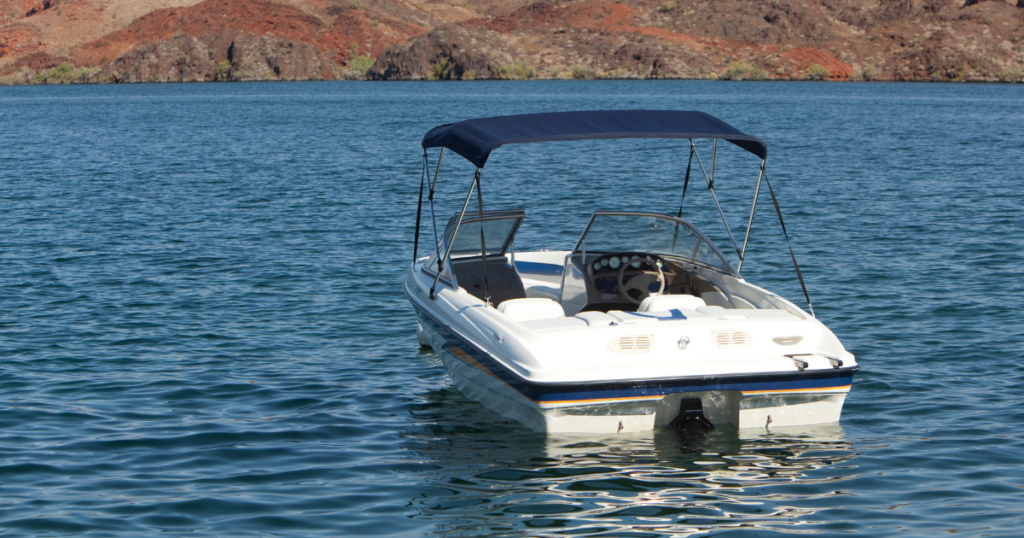
3- Factor in Wind and Current
Wind direction and water current can significantly affect your boat’s movement. Always consider these natural forces when docking.
If the wind or current is pushing your boat away from the dock, you might need to approach at a slightly steeper angle or higher speed.
If possible, try to dock with the wind or current pushing your boat towards the dock. This way, these natural forces can help you rather than hinder your docking process.
4- Adjust the Boat Position as Needed
After securing the bow and stern lines, assess your boat’s position. If it’s not close enough to the dock, or if it’s at an incorrect angle, you’ll need to make adjustments.
You can do this by loosening or tightening the mooring lines and using the boat’s engine to gently nudge the boat into the correct position.
Tip: Keep an eye on tide levels if you’re docking for a long period. You may need to adjust your mooring lines as the tide rises or falls to prevent your boat from becoming untied or damaging the dock.
Ready to Park a Boat Like a Pro?
Docking a boat is a skill that requires practice, precision, and patience. Even seasoned boaters can make mistakes, particularly when under pressure or facing challenging conditions.
By being aware of your environment, following these parking tips, and taking steps to avoid accidents, you can ensure a smooth and safe docking experience every time.
Need a Boat?
Looking for a new boat? At Valley Marine, our knowledgeable team can guide you through the process of finding the ideal boat that meets all the necessary requirements.
Let us help you ensure that the boat you choose is equipped with the required safety equipment, meets all other legal obligations, and starts enjoying your life out in the water.
